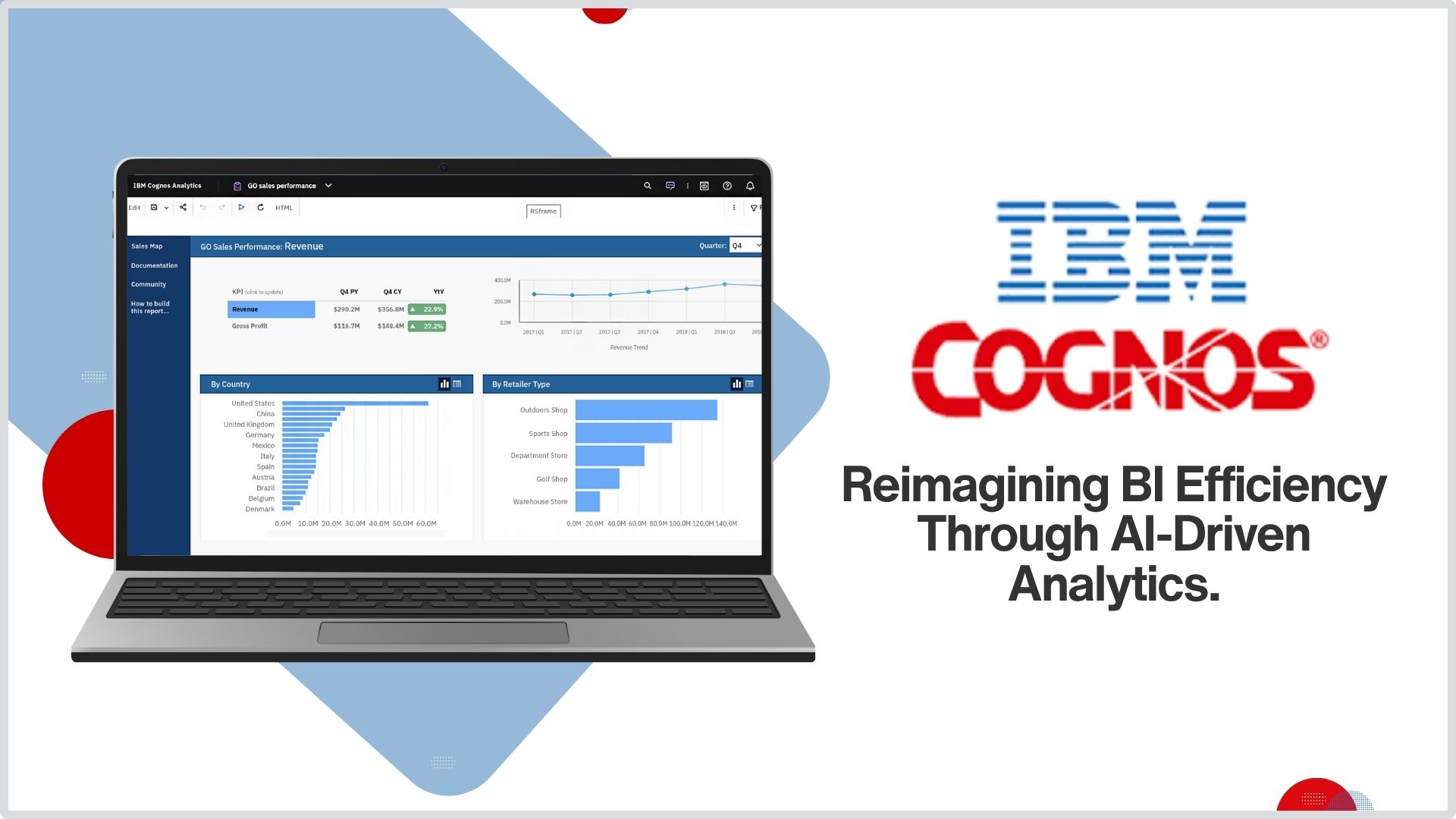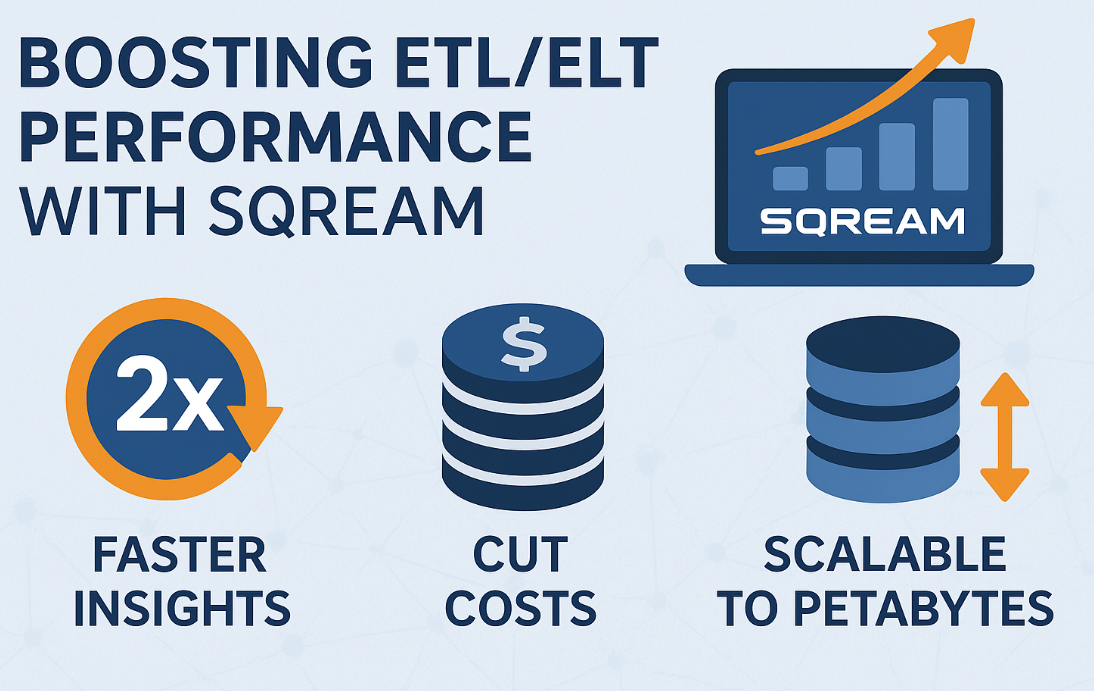In today’s dynamic business environment, capacity planning has become a critical challenge for organizations across various industries. The ability to efficiently allocate resources, optimize production schedules, and meet fluctuating demand can make the difference between success and failure. This is where CPLEX and mathematical optimization, also known as mathematical programming, decision optimization, or decision intelligence, come into play. These powerful tools offer innovative solutions to the intricate puzzles of capacity planning, helping businesses make data-driven decisions that maximize efficiency and profitability.
In this blog, we’ll explore how CPLEX and mathematical optimization can address capacity planning challenges in different industries, examining both the technical and business aspects of their application. We’ll also discuss the potential return on investment (ROI) and benefits that these advanced techniques can bring to each sector. Finally, we’ll look at how Cresco International, as an IBM trusted partner and expert consulting firm in decision optimization, can help businesses develop customized solutions to overcome their unique capacity planning hurdles.
Understanding CPLEX and Mathematical Optimization
Before diving into industry-specific applications, it’s essential to understand what CPLEX and mathematical optimization entail. CPLEX is a high-performance mathematical programming solver developed by IBM. It uses advanced algorithms to solve linear programming, mixed integer programming, and quadratic programming problems. Mathematical optimization, on the other hand, is a broader field that involves finding the best solution from a set of available alternatives, given certain constraints and objectives.
Together, CPLEX and mathematical optimization provide a powerful framework for tackling complex decision-making problems, particularly in capacity planning. They allow businesses to model intricate systems, consider multiple variables and constraints simultaneously, and find optimal solutions that might be impossible to determine through traditional methods.
Capacity Planning Challenges in Different Industries
Manufacturing
Manufacturing industries face numerous capacity planning challenges, including fluctuating demand, supply chain disruptions, and the need to balance production across multiple product lines. These challenges can lead to inefficiencies, increased costs, and missed opportunities if not addressed effectively.
CPLEX and mathematical optimization can help manufacturing companies overcome these hurdles by creating sophisticated models that account for various factors such as machine capabilities, labor availability, raw material constraints, and demand forecasts. By optimizing production schedules and resource allocation, manufacturers can improve their overall efficiency, reduce waste, and better meet customer demands.
From a technical standpoint, implementing CPLEX in manufacturing involves developing detailed mathematical models that represent the production process. These models might include variables for production quantities, machine assignments, and inventory levels, along with constraints related to capacity limits, demand fulfillment, and quality requirements. The CPLEX solver then works to find the optimal solution that maximizes profit or minimizes costs while satisfying all constraints.
On the business side, the application of mathematical optimization in manufacturing can lead to significant improvements in operational efficiency. Companies can reduce inventory holding costs, minimize overtime expenses, and improve on-time delivery performance. The potential ROI for manufacturers implementing these solutions can be substantial, with some companies could see cost savings of up to 15-20% and productivity improvements of 10-15%.
Healthcare
The healthcare industry faces unique capacity planning challenges, including unpredictable patient volumes, staff scheduling complexities, and the need to balance resource utilization across different departments. These challenges have been further exacerbated by recent global health crises, highlighting the critical need for efficient capacity management in healthcare settings.
CPLEX and mathematical optimization can address these challenges by creating models that optimize staff schedules, bed allocations, and equipment usage. These models can account for factors such as patient acuity, staff skills and preferences, and regulatory requirements, ensuring that healthcare facilities can provide high-quality care while maximizing resource utilization.
Technically, implementing optimization solutions in healthcare requires careful consideration of the complex interplay between various departments and resources. Models might include variables for staff assignments, patient admissions and discharges, and equipment allocations. Constraints could include minimum staffing levels, maximum working hours, and infection control measures. The CPLEX solver can then find solutions that balance these competing factors to improve overall hospital efficiency.
From a business perspective, the application of mathematical optimization in healthcare can lead to improved patient outcomes, reduced wait times, and more efficient use of expensive medical equipment. Healthcare providers can potentially see ROI in the form of reduced operational costs, improved staff satisfaction due to more balanced workloads, and increased patient throughput. Some healthcare organizations should experience cost savings of up to 10% and improvements in patient satisfaction scores after implementing optimization solutions.
Logistics and Transportation
The logistics and transportation industry grapples with capacity planning challenges related to fleet management, route optimization, and load balancing. These challenges are further complicated by factors such as changing fuel prices, traffic conditions, and varying customer demands.
CPLEX and mathematical optimization can help logistics companies tackle these issues by creating comprehensive models that consider all relevant factors simultaneously. These models can optimize routes, vehicle assignments, and delivery schedules to minimize costs and maximize efficiency.
From a technical standpoint, implementing CPLEX in logistics involves developing models that account for variables such as vehicle capacities, delivery time windows, and driver schedules. Constraints might include maximum driving hours, vehicle maintenance requirements, and customer service level agreements. The optimization process then finds the best possible solution that satisfies all these requirements while minimizing overall costs or maximizing service levels.
On the business side, the application of mathematical optimization in logistics can lead to significant improvements in operational efficiency and customer satisfaction. Companies can reduce fuel costs, improve on-time delivery rates, and increase the utilization of their vehicle fleet. The potential ROI for logistics companies implementing these solutions can be substantial, with some organizations should see cost savings of up to 20% and improvements in on-time delivery rates of 15-25%.
Energy and Utilities
The energy and utilities sector faces capacity planning challenges related to power generation, distribution network management, and demand forecasting. These challenges are further complicated by the increasing integration of renewable energy sources and the need to balance supply and demand in real-time.
CPLEX and mathematical optimization can help energy companies address these challenges by creating models that optimize power generation schedules, manage grid constraints, and balance renewable and traditional energy sources. These models can account for factors such as weather patterns, equipment maintenance schedules, and fluctuating energy prices.
Technically, implementing optimization solutions in the energy sector involves developing complex models that represent the entire power generation and distribution system. Variables might include power output levels for different plants, energy storage decisions, and transmission line loads. Constraints could include generation capacity limits, grid stability requirements, and emissions regulations. The CPLEX solver can then find solutions that minimize costs or maximize reliability while meeting all regulatory and operational requirements.
From a business perspective, the application of mathematical optimization in the energy sector can lead to improved grid stability, reduced operational costs, and better integration of renewable energy sources. Utilities can potentially see ROI in the form of reduced fuel costs, improved asset utilization, and decreased frequency of power outages. Some energy companies should see cost savings of up to 5-10% and improvements in renewable energy integration of 20-30% after implementing optimization solutions.
Need CPLEX Training? Enroll for
Cresco International: Your Partner in Decision Optimization
As we’ve explored the various applications of CPLEX and mathematical optimization across different industries, it’s clear that these powerful tools have the potential to revolutionize capacity planning and decision-making processes. However, implementing these solutions effectively requires deep expertise in both the technical aspects of optimization and the specific business challenges of each industry. This is where Cresco International comes in.
Cresco International, as an IBM trusted partner and a consulting firm specializing in decision optimization and CPLEX, is uniquely positioned to help businesses overcome their capacity planning challenges. With years of experience working across various industries, Cresco International brings a wealth of knowledge and expertise to every project.
The team at Cresco International understands that each business has its unique set of challenges and requirements. That’s why they focus on developing customized decision optimization solutions tailored to each client’s specific needs. Their approach typically involves several key steps: Thorough Analysis, Solution Design, Model Development, Implementation and Integration, Training and Support, and Continuous Improvement.
By partnering with Cresco International, businesses can leverage the full power of CPLEX and mathematical optimization without needing to build in-house expertise from scratch. This approach allows companies to quickly implement advanced decision optimization solutions and start reaping the benefits in terms of improved efficiency, reduced costs, and enhanced decision-making capabilities.
Moreover, Cresco International’s deep understanding of various industries allows them to bring best practices and insights from across sectors, potentially uncovering innovative solutions that might not be apparent from within a single industry perspective. Their experience working with a diverse range of clients means they’ve encountered and solved a wide array of capacity planning challenges, making them well-equipped to handle even the most complex optimization problems.
In an era where data-driven decision-making is becoming increasingly critical for business success, partnering with a firm like Cresco International can provide a significant competitive advantage. Their expertise in CPLEX and mathematical optimization, combined with their industry knowledge and custom solution approach, makes them an invaluable ally for any business looking to transform their capacity planning processes.
Need CPLEX Training? Enroll for
Conclusion
As we’ve seen throughout this blog, CPLEX and mathematical optimization offer powerful solutions to the capacity planning challenges faced by businesses across various industries. From manufacturing to healthcare, logistics to energy, these advanced techniques provide a means to navigate complex decision-making landscapes and uncover optimal solutions that drive efficiency and profitability.











